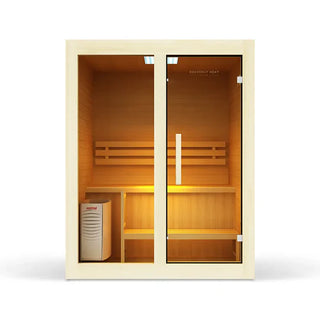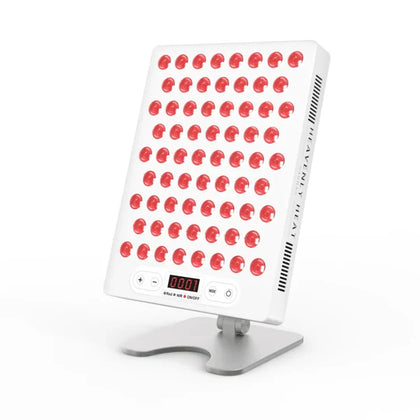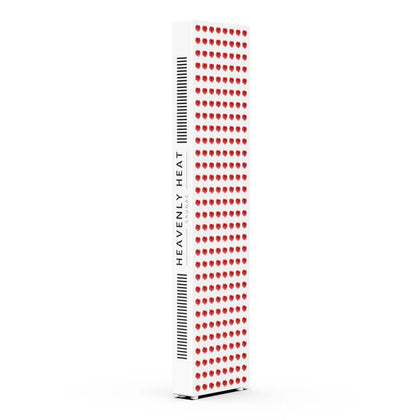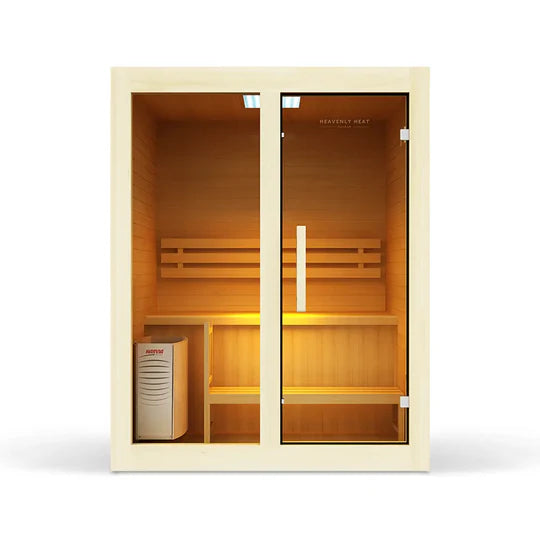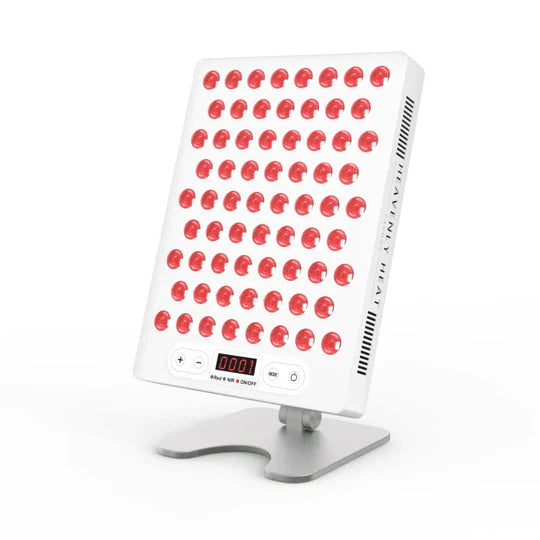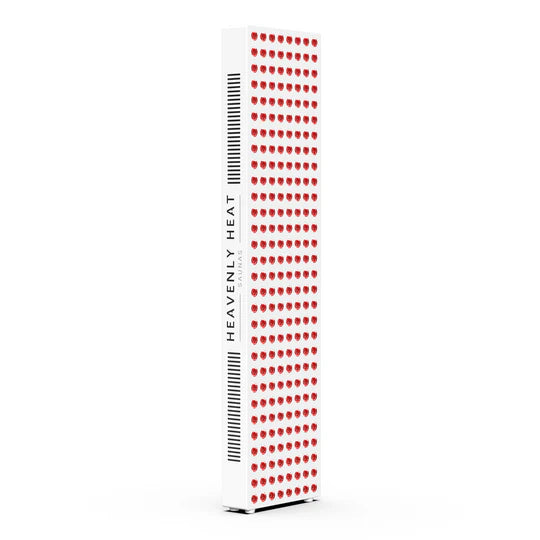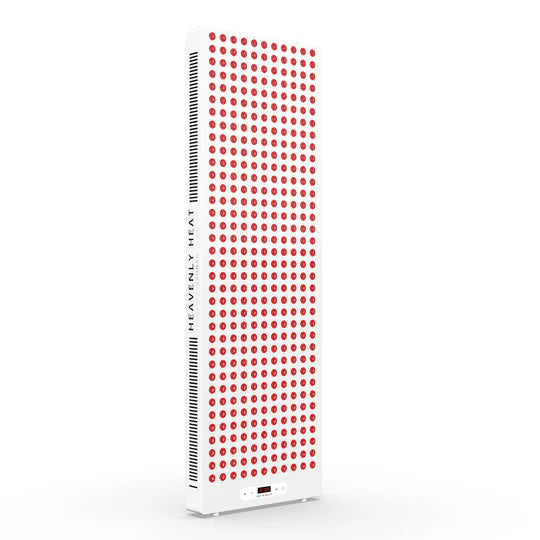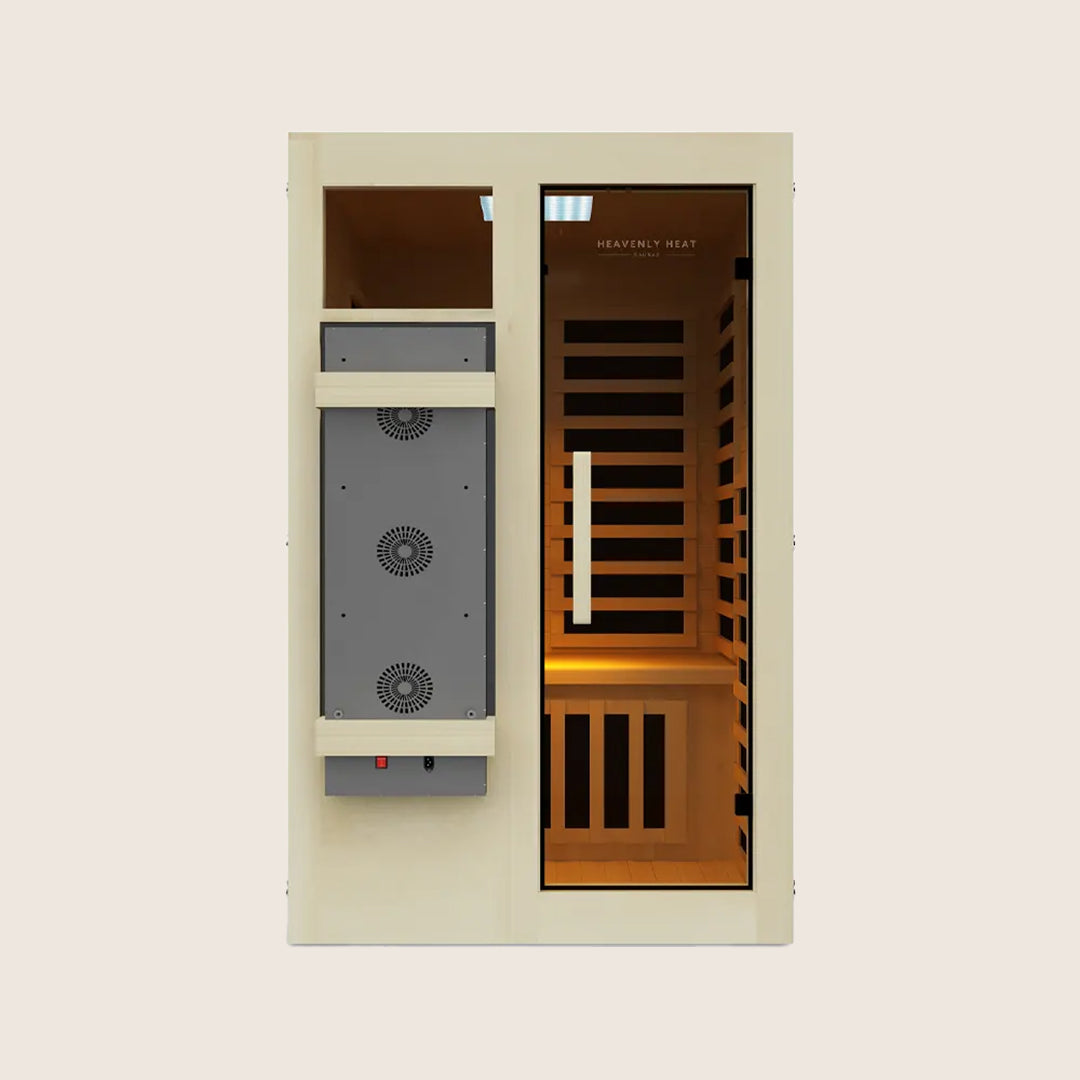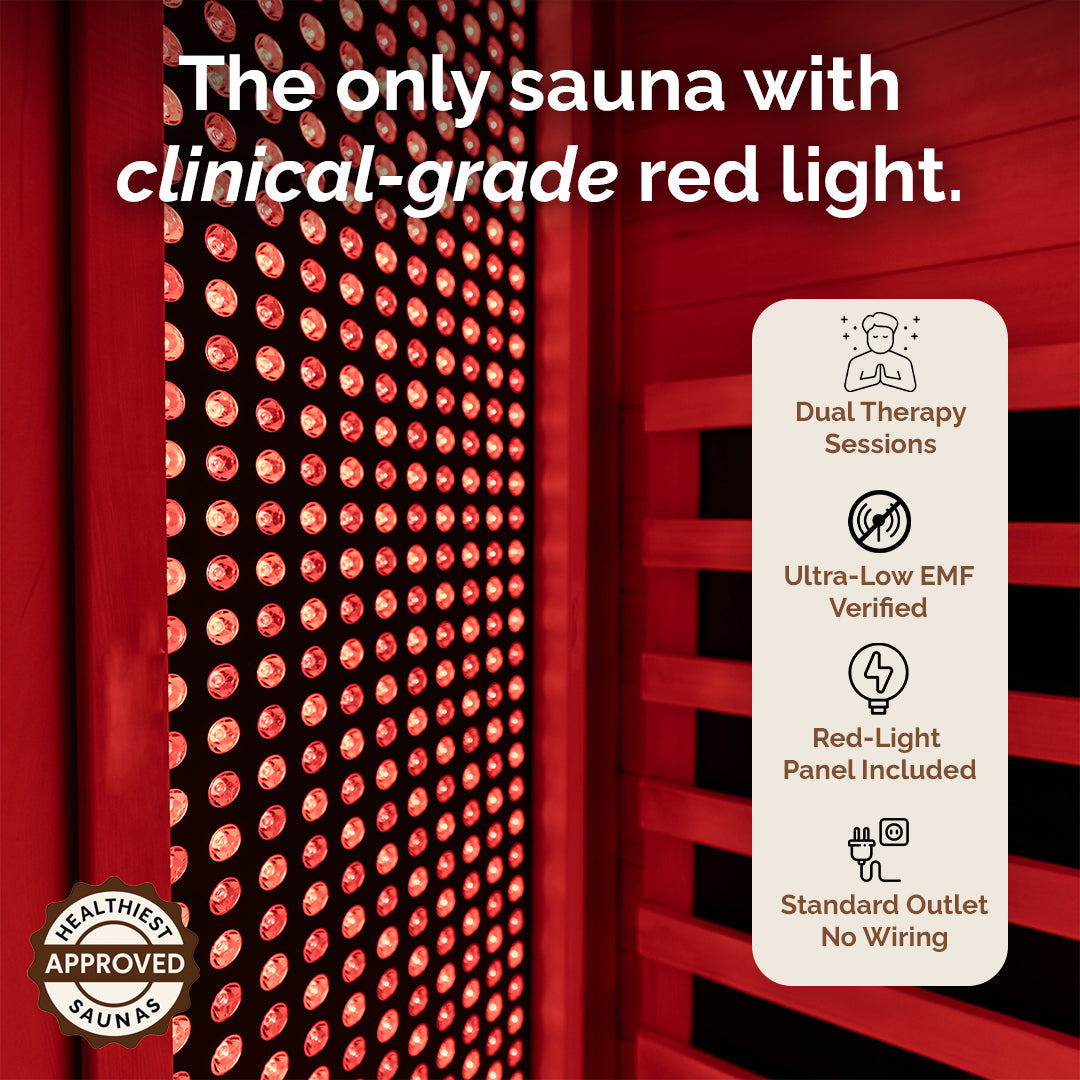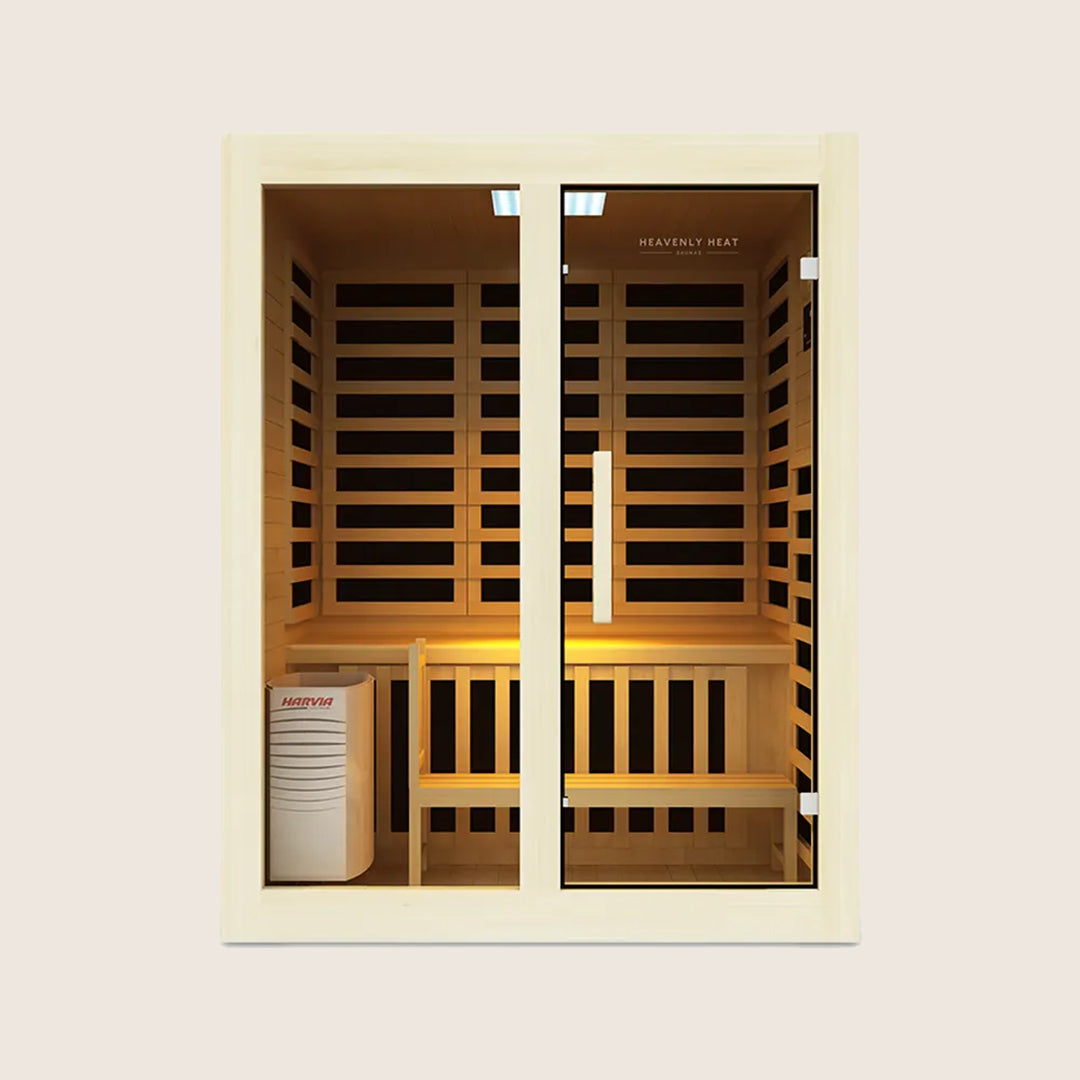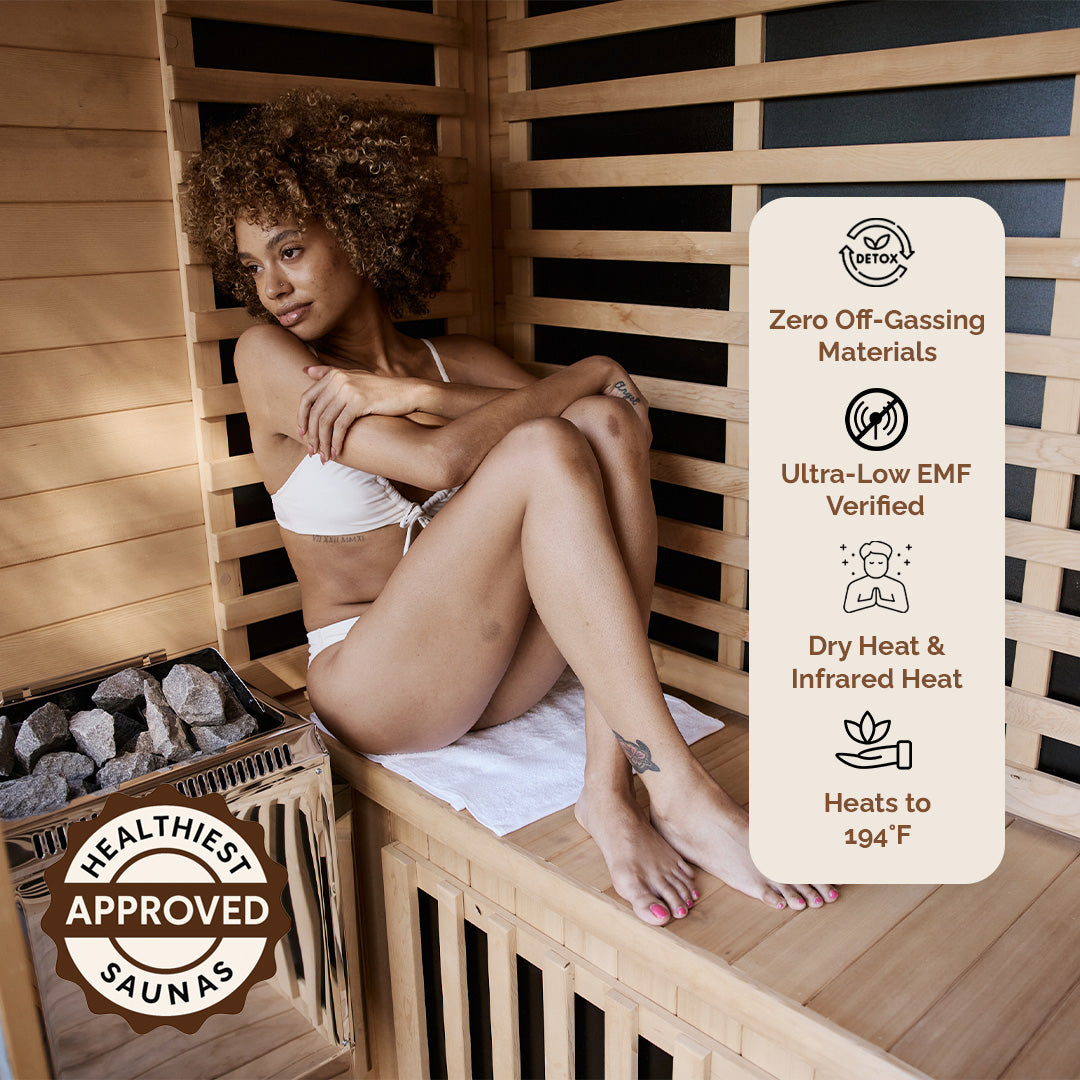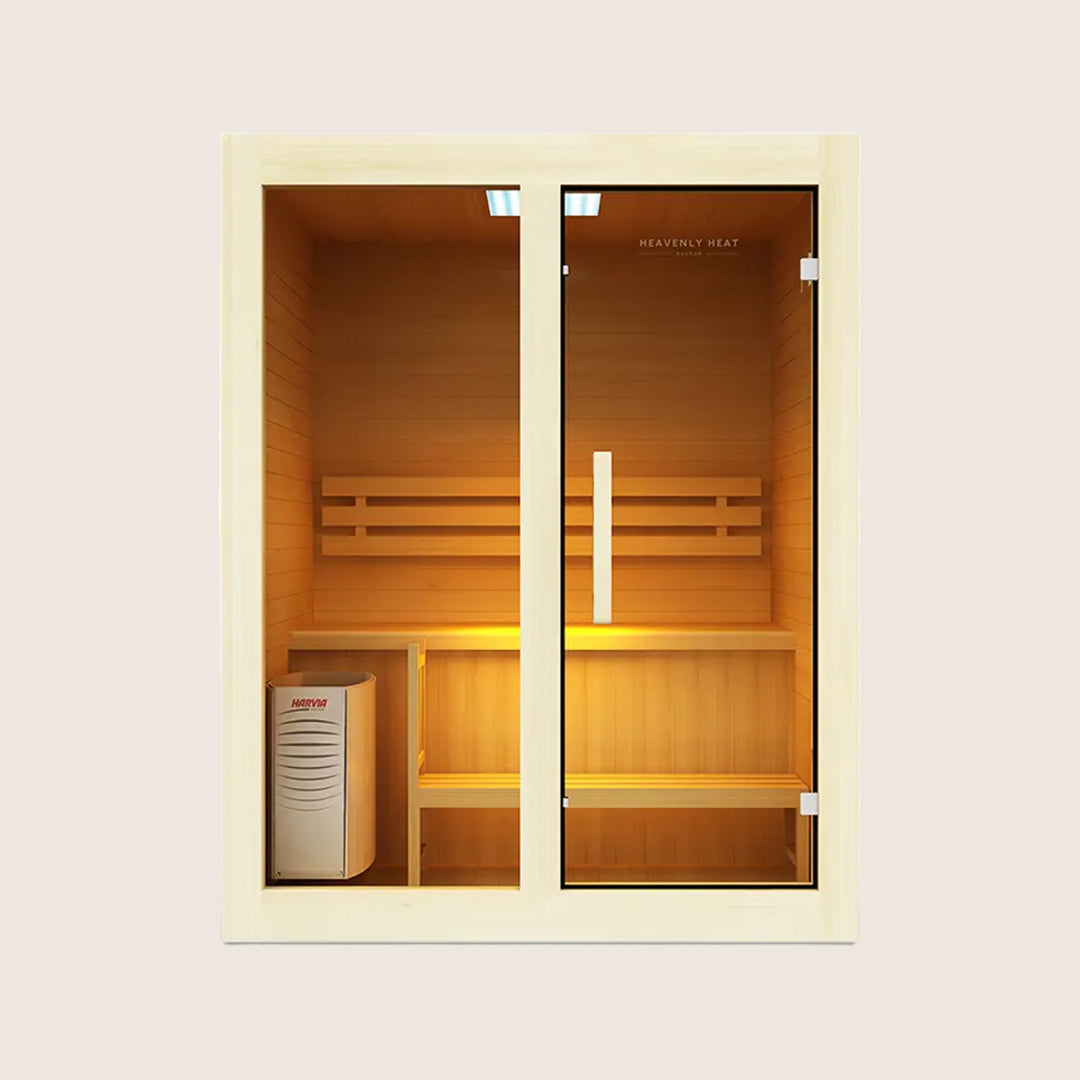Can You Use Red Light Therapy After Laser Treatment?
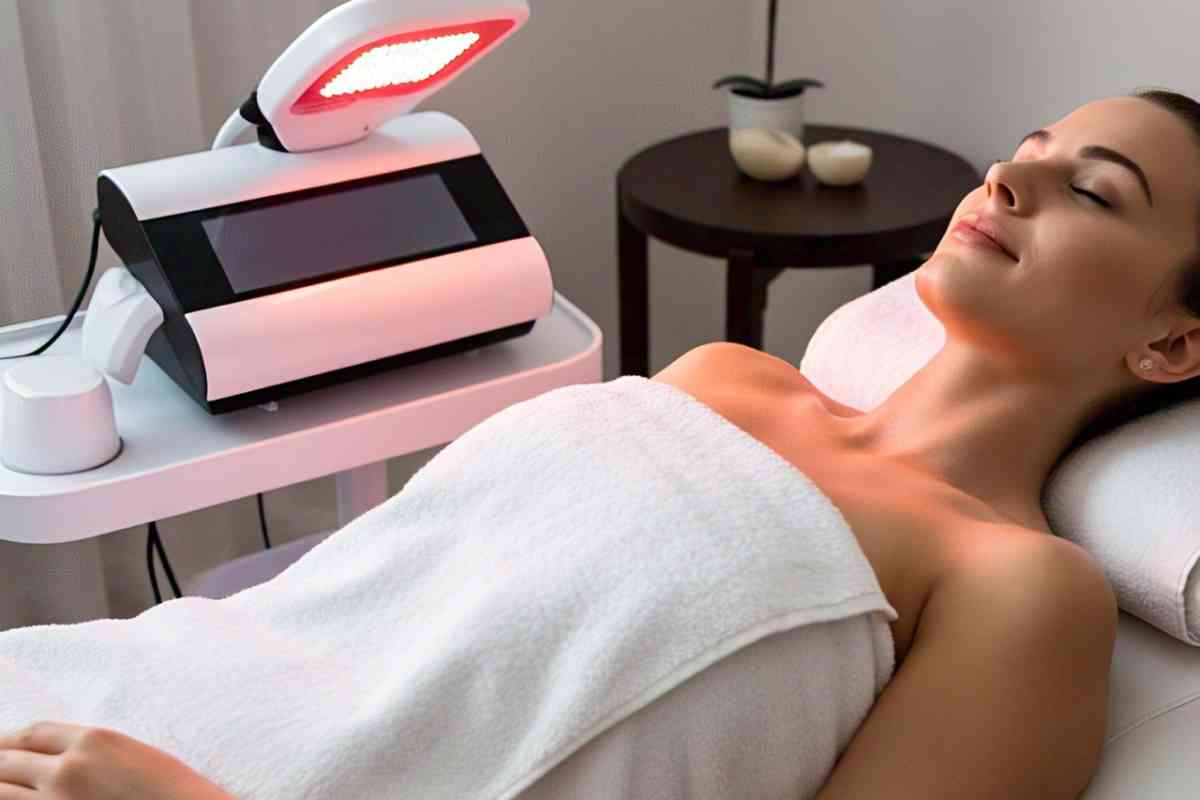
Wondering if you can use red light therapy after a laser treatment? You're not alone.
Many people want faster healing, less redness, and smoother skin after laser procedures.
In this guide, you’ll find simple answers to your questions along with helpful tips on when and how to use red light therapy for the best results. Keep reading!
Table of contents
Key Takeaways
-
Wait Before Starting Red Light Therapy: Allow your skin to settle for 24-48 hours after a laser treatment before using red light therapy.
-
Red Light Therapy Boosts Healing: It enhances collagen production, reduces redness, and speeds up skin recovery.
-
Use Red Light Therapy After, Not Before: It's most effective post-treatment, helping to improve results and reduce inflammation.
-
Check With Your Dermatologist: Always consult with your dermatologist to ensure red light therapy is safe for your skin type and treatment.
- Expect Visible Results Over Time: Full benefits of red light therapy, such as smoother skin, usually appear within a few weeks.

What Is Laser Skin Treatment and Why Is It Done?
- How Laser Skin Treatment Works: Laser skin treatment is a popular way to improve how your skin looks and feels by using focused light to treat different skin concerns. It works by sending targeted beams into your skin to remove damaged layers or boost collagen production.
- Common Benefits of Laser Skin Treatment: People often choose laser treatment to fade acne scars, which can be hard to get rid of with creams alone. It also helps smooth out fine lines and wrinkles, giving your skin a younger look. Laser therapy can treat many issues like sun damage, uneven tone, and texture.
- Temporary Side Effects of Laser Treatment: While results can be impressive, some people may notice mild redness, swelling, or changes in skin color, especially if they have darker skin. Depending on the type of laser treatment , your skin may stay pink or red for a few months, but the results continue to improve over time, sometimes up to a year.
- Long-Term Effects and Maintenance: These improvements can last for several years, although normal aging will eventually lead to new wrinkles, which can be treated again with laser resurfacing.
- Versatility of Laser Treatments for Different Skin Needs: Different laser types are used based on your skin’s needs, making it a versatile and trusted option.
What Happens to Your Skin After a Laser Treatment?
- Skin Feels Warm and Redness Appears: Right after a laser treatment, your skin might feel warm, similar to a mild sunburn . Redness usually appears quickly and can last from a few hours to a couple of days, depending on your skin type and the laser type used.
- Swelling May Occur, but Fades Quickly: Along with redness, swelling might occur, especially in sensitive areas, but this typically fades within a day or two.
- Healing Time Varies with Laser Type: The healing process varies with the type of laser used. More intense lasers can take longer to heal but offer more dramatic results.
- Red Light Therapy Can Aid Healing: Red light therapy can speed up the healing process, especially after fractional laser treatments, which target small skin areas to boost collagen production.
- Light Peeling is a Natural Part of Healing: As your skin heals, you may notice light peeling or flaking. This is your body shedding old skin, and the process will gradually reveal smoother, healthier skin.

Is It Safe to Use Red Light Therapy After Laser Procedures?
- Wait Before Starting Red Light Therapy After Laser: Red light therapy can be safe after laser procedures, but timing matters. You should not jump into it immediately after laser resurfacing because your skin needs a little time to calm down. In most cases, waiting a few days allows the skin to settle, making red light therapy safer and more effective.
- Starting Red Light Therapy Too Soon Can Cause Issues: While red light therapy is generally safe, starting too soon after a laser procedure can lead to risks like irritation, extra sensitivity, or delayed healing.
- Darker Skin Tones May Be More Sensitive to Red Light: People with darker skin tones may experience increased sensitivity to red light therapy. It’s important to consult a dermatologist beforehand to ensure it’s appropriate for your skin type.
- Darker Skin Tones Have a Higher Risk of Hyperpigmentation: Individuals with darker skin tones are at higher risk of developing post-laser hyperpigmentation. One study reported a 37% incidence of this condition after ablative CO2 resurfacing. Consulting with a dermatologist is important to understand and manage these risks.
- Patch Testing Helps Prevent Unwanted Reactions: Patch testing is advisable, especially if you have sensitive skin, to avoid adverse reactions. This extra precaution can help prevent complications and ensure the therapy is safe.
- Consult Your Dermatologist for Safe Red Light Therapy Use: Checking with your dermatologist before starting red light therapy is a smart move. They can guide you based on your skin type and treatment to avoid any risks and ensure proper healing.
How Red Light Therapy Helps Skin Heal After Laser Treatments?
Accelerating Skin Regeneration with Red Light Therapy
- Red Light Therapy Speeds Up Healing: Red light therapy penetrates deep into the skin to stimulate cellular repair, helping your skin heal faster after treatments like laser procedures.
- Collagen and Elastin Boost Recovery: By promoting collagen and elastin production, red light therapy helps restore skin structure and elasticity, essential for a healthy, youthful appearance.
- Targeted Light Enhances Skin Regeneration: The specific wavelength of light used in red light therapy directly targets damaged areas, improving skin texture and making it look smoother and healthier.
- Experts Recommend Red Light for Skin Recovery: According to Dr. Casey Kelley , red light therapy helps activate the body’s natural healing processes, speeding up skin recovery and improving its overall health after laser treatments.
Enhancing Collagen Production for Smoother Skin
- Red Light Therapy Boosts Collagen for Firmer, Smoother Skin: Red light therapy boosts collagen production by activating fibroblasts, the key cells responsible for producing collagen in the skin. This leads to firmer and smoother skin after laser treatments, improving overall skin texture.
- Deeper Penetration of Infrared Light Enhances Healing: Infrared light reaches deeper into the skin, enhancing the therapy’s ability to stimulate collagen production. Its deeper penetration improves the healing process and makes red light therapy more effective.
- Increased Collagen Reduces Fine Lines and Improves Texture: As collagen production rises, it helps heal the skin, improves its texture, and reduces the appearance of fine lines and wrinkles, making the skin look smoother and more youthful.
- Regular Sessions Lead to Noticeable Improvements in Skin Texture: To see noticeable improvements in skin texture, it’s important to have regular red light therapy sessions. Typically, 1 to 3 sessions a week over several weeks or months will show the best results.
- Expert Opinion on Red Light Therapy’s Skin Benefits: "Red light therapy promotes collagen synthesis in the dermal layer and helps reduce inflammation," says Dr. Whitney Bowe , a leading dermatologist. Her insights highlight the significant benefits of red light therapy for smoother, healthier skin after treatments.
Reducing Inflammation and Redness After Laser Treatments
Red light therapy helps calm inflammation and redness by targeting inflamed areas with light energy.
The wavelengths of red light are particularly effective for soothing the skin, offering relief and improving skin tone.
These red and near-infrared wavelengths work by stimulating cells, reducing oxidative stress, and boosting the body’s ability to produce more usable energy, which speeds up healing, lowers inflammation, and helps reduce pain.
Improving Blood Circulation for Faster Healing
- Red Light Therapy Boosts Blood Circulation for Faster Healing: Red light therapy boosts blood circulation to the skin, helping deliver essential nutrients needed for faster healing and regeneration.
- Laser Treatments Improve Blood Flow and Support Recovery: Laser treatments, like the ultra-pulse CO2 laser, further improve blood circulation and stimulate cellular activity, supporting tissue repair and recovery.
- Enhanced Blood Circulation Speeds Up Skin Healing: Enhanced blood circulation helps repair damaged skin tissue, remove dead cells, and reduce bleeding, accelerating the healing process.
- Better Blood Flow Reduces Risks for Efficient Healing: Better blood flow minimizes the chances of complications, allowing the skin to heal more efficiently and with fewer risks.
Promoting Skin Cell Turnover and Repair
- Red Light Therapy Stimulates Skin Cell Turnover: Red light therapy stimulates skin cell turnover, which is crucial after laser treatments. This process helps skin heal faster by boosting energy production in skin cells.
- Boosting Mitochondrial Activity for Faster Healing: By enhancing mitochondrial activity, red light therapy boosts the energy levels of skin cells, allowing them to repair and regenerate quickly, speeding up the healing process.
- Supporting Skin Functions for Better Recovery: Red light therapy supports key skin functions like healing, pigmentation, and defense against infections and stress by improving mitochondrial function.
- Promoting Collagen Production for Deeper Healing: Red light therapy reaches deeper layers of the skin, stimulating collagen production and repairing tissue at the cellular level, enhancing both surface-level and deeper skin health.
Boosting Skin Hydration and Elasticity Post-Treatment
- Restoring Hydration and Elasticity After Laser Treatment: Red light therapy helps restore hydration and improve skin elasticity after a laser treatment. It stimulates moisture retention, supporting the skin’s natural hydration balance.
- Boosting Skin Firmness and Cellular Repair: By energizing the mitochondria within skin cells, red light therapy boosts cellular energy, which enhances skin repair and accelerates new cell growth. This process firms the skin by promoting collagen production.
- Enhancing Moisture Retention for Smoother Skin: Red light therapy helps the skin retain moisture more effectively, leaving it smoother, plumper, and more hydrated.
When Should You Start Red Light Therapy After Laser?
- Wait 1-2 Days After Laser Treatments: It's important to give your skin 1-2 days to settle before starting red light therapy after any laser treatment.
- Wait 3-5 Days After Non-Ablative Lasers: After non-ablative laser treatments, it’s best to wait 3-5 days before using red light therapy, allowing your skin to calm down.
- Start Red Light Therapy Once Redness Fades: Once the initial redness from the laser treatment goes away, you can start red light therapy, usually after a few days.
- Wait 1 Week After Ablative Lasers: For more invasive treatments like ablative lasers, wait at least a week before starting red light therapy to let inflammation settle.
- Use Red Light Therapy Every 2-3 Days After CO2 or Erbium Lasers: After CO2 or Erbium laser treatments, you can safely use red light therapy every 2-3 days to speed up healing and improve skin recovery.

Question |
Answer |
| Reducing redness after laser treatment? | Yes |
| Preventing scarring after laser treatment? | Yes |
| Soothing sensitive skin after laser treatment? | Yes |
What Are the Best Wavelengths for Post-Laser Skin Healing?
- Best Wavelengths for Skin Healing: The best wavelengths for skin healing fall between 600 and 900 nm. These wavelengths help your skin heal faster, reduce inflammation , and support tissue repair.
- Deeper Healing with 800 nm Wavelengths: Wavelengths near 800 nm penetrate deeper into the skin, promoting healing in the deeper layers and helping tissues recover more effectively.
- Targeting Surface-Level Issues with Shorter Wavelengths: Shorter wavelengths focus on surface-level skin problems like redness, improving skin appearance quickly.
- Benefits of Red and Blue Light for Skin: Red light boosts hydration and reduces inflammation, blue light fights acne with antibacterial properties, and near-infrared light helps reduce pain and increases cell function.
Should You Use Red Light Therapy Before or After a Laser Session?
Red light therapy is most beneficial when used after a laser treatment, typically within 24 to 48 hours.
However, using it before a session can also help improve results by prepping the skin and stimulating blood flow.
The timing depends on your specific treatment, but post-treatment use is generally the most effective.
What Kind of Results Can You Expect from Red Light Therapy After Laser?
- Red Light Therapy Speeds Up Skin Healing: Red light therapy significantly enhances the results of laser treatments by speeding up recovery and improving skin regeneration. It helps reduce swelling and inflammation, allowing the skin to heal faster.
- Collagen Production Improves Skin Texture and Tone: It stimulates collagen production, which helps improve the texture and tone of the skin, making it look smoother and more youthful.
- Skin Improvements Take 4 to 12 Weeks to Show: You can expect to see noticeable improvements in skin texture within 4 to 12 weeks. While some results are visible sooner, the full benefits typically appear over time.
- Multiple Sessions for Long-Lasting Results: For the best outcomes, a series of red light therapy sessions is recommended, spaced 2-4 weeks apart after laser treatment, to ensure lasting improvements in skin appearance and health.
Are There Any Side Effects of Using Red Light After Laser Treatment?
While red light therapy is generally safe, overuse or starting too soon can aggravate skin sensitivity or irritation.
It’s essential to follow proper guidelines to avoid complications. Mild discomfort is sometimes reported but is typically temporary.
FAQs
Can Red Light Therapy Reduce Redness and Inflammation After Laser?
Yes, red light therapy can reduce redness and inflammation. By stimulating circulation and collagen production, it soothes the skin and accelerates healing, minimizing swelling and redness after treatments like laser resurfacing.
Will It Help Prevent Scarring or Hyperpigmentation After Laser Treatment?
Yes, red light therapy helps prevent scarring and hyperpigmentation by promoting collagen production and reducing inflammation. This speeds up healing and can reduce the appearance of scars and discoloration.
Can You Use Red Light Therapy After Laser Hair or Tattoo Removal?
Yes, red light therapy can be used after laser hair or tattoo removal. It helps speed up recovery by reducing redness and swelling, promoting collagen production, and soothing the skin.
Is Red Light Therapy Safe for Sensitive or Rosacea-Prone Skin Post-Laser?
When used correctly, red light therapy is safe for sensitive or rosacea-prone skin. It helps calm irritation and redness without aggravating the condition. However, it’s important to start slowly and monitor for any adverse reactions.






